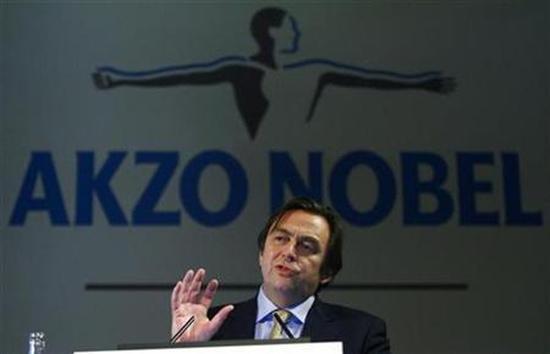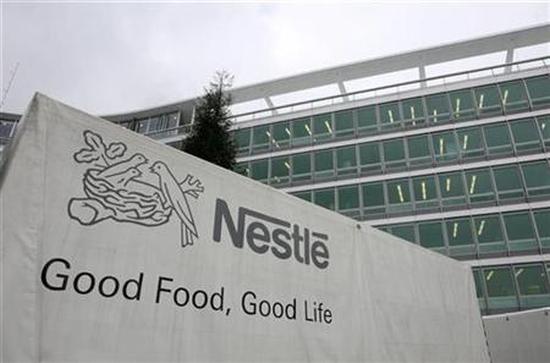 | « Back to article | Print this article |
Why some MNCs are reporting lower profits
Royalty payments by the Indian arms of multinational corporations have spurted after a three year-old central government move waiving restrictions in this regard, eventually hurting minority investors.
An analysis of 75 BSE 500 companies paying royalty in 2011-12 showed these payments to the parents have trebled over four years.
In comparison, between FY 2008 and FY 2012, sales grew 79.6 per cent and net profits of this universe showed cumulative growth of 31.2 per cent.
A higher royalty payout hits the bottom line of local subsidiaries, affecting their ability to pay dividend to shareholders.
While a dividend payout will benefit all shareholders uniformly, royalty and such other fees enrich the controlling shareholders at the expense of others.
For FY12, this universe paid a total of Rs 3,742 crore (Rs 37.42 billion) in royalty as against Rs 1,211 crore (Rs 12.11 billion) in FY08. And, the rise was steeper for smaller companies.
For example, BASF India paid Rs 30.4 crore (Rs 304 million) against Rs 2.68 crore (Rs 26.8 million) paid four years earlier.
Akzo Nobel's payments went up over five-fold to Rs 36 crore (Rs 360 million) in FY12 against Rs 6.5 crore (Rs 65 million) paid four years earlier. Neither of these companies showed comparative increase in sales or profits.
Click NEXT to read more...
Why some MNCs are reporting lower profits
Experts say this sudden spurt is an unintended consequence of a December 2009 missive by the central government to liberalise investments in technology and know-how.
In December 2009, through Press Note 8, it had liberalised the payment of foreign technology collaboration and royalty fees under the automatic route (including lump sum payments for transfer of technology, and payment for the use of trademarks and brand names).
A recent note by proxy advisory firm Institutional Investors Advisory Services (IIAS) said, "The unintended consequences of waiving restrictions on royalty payments can be seen from the gradual increase in technical know-how, royalty, consultancy fees, etc, by foreign partners since 2009, without a commensurate increase in either sales or margins."
An IIAS study shows the top royalty payers also showed a significant spike in payments after this move. The top three companies with the highest royalty remittance of Rs 2,495 crore, or Rs 24.95 billion, (Maruti Suzuki, ABB and Nestle India) were remitting Rs 784 crore (Rs 7.84 billion) in 2007-08.
While the royalty rose 3.2 times, their revenues went up only 1.8 times. "Further, the margins of two of the three companies have shrunk, suggesting the market does not attribute a similar value to either the technology or the brand," said IIAS.
It said four of the 25 companies it studied had not paid any dividends in the past five years but had paid royalty of Rs 385 crore since 2007-08 (excluding one-off dividend payments).
Maruti Suzuki has consistently been the highest royalty payout company. The Rs 1,803 crore (Rs 18.03 billion) paid in FY12 accounts for 5.2 per cent of its net sales.
Click NEXT to read more...
Why some MNCs are reporting lower profits
In FY08, the company paid only 2.8 per cent of sales (Rs 493 crore) as royalty and other licence fees. The Ebitda (earnings before interest, taxes, depreciation and amortisation) margins have been on a downward trend, from 17.5 per cent in 2008 to 9.6 per cent in 2012.
The mix of companies includes automobiles, fat moving consumer goods, engineering and automobile ancillaries. On an average, Indian companies paid about 25 per cent of profit as royalty to foreign sponsors in FY12.
ABB and Maruti Suzuki paid a little over 200 per cent and 100 per cent, respectively. Others such as Nestle India, Procter and Gamble, Alstom T&D and BASF India paid royalty to foreign sponsors in the range of 30 to 40 per cent of net profit.
IIAS says, citing data, that in some cases the foreign sponsors don't seem concerned about the impact royalty payments have on the bottom line of Indian subsidiaries. For instance, Asahi India Glass paid Rs 20.5 crore as royalty though it incurred a loss of Rs 58.7 crore (Rs 587 million) in FY12.
"Since the rules have been eased, the multinationals have not behaved responsibly: They have been impatient, constantly pushing up royalty, with little in the performance to justify this increase," said the IIAS study.
It further said, "The ownership structure goes a long way in explaining why this increase in royalty payments is asymmetric to the increase in sales or margin. The managements that negotiate the royalty arrangements are employed by the company with whom they negotiate. Often, they negotiate with their own bosses. This is not conducive to head butting."
Being commercial arrangements, minority shareholders do not have any say on the terms and conditions of royalty/technology fee payments. IIAS says even the controlling shareholders have not made any active efforts to disclose the rationale for such payments more clearly.
"Prior to making such payments, foreign sponsors need to clarify the concerns that minority shareholders often have," the note said.



